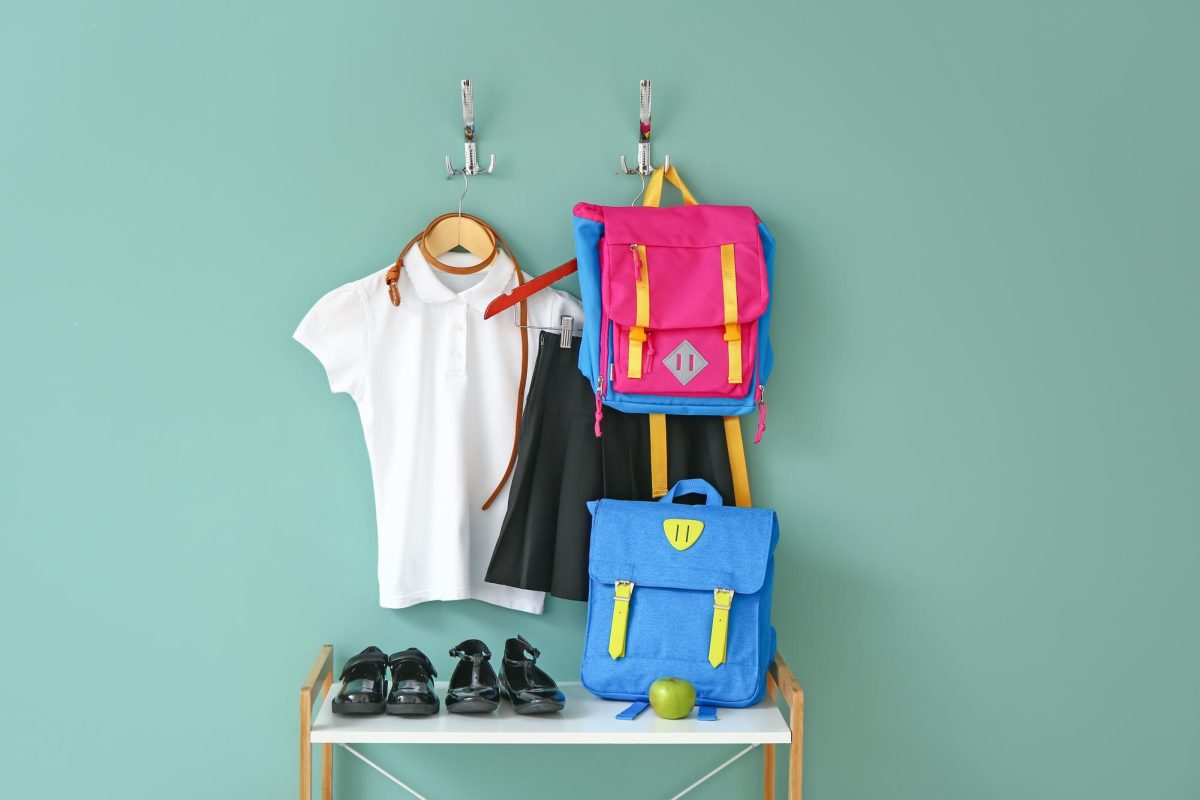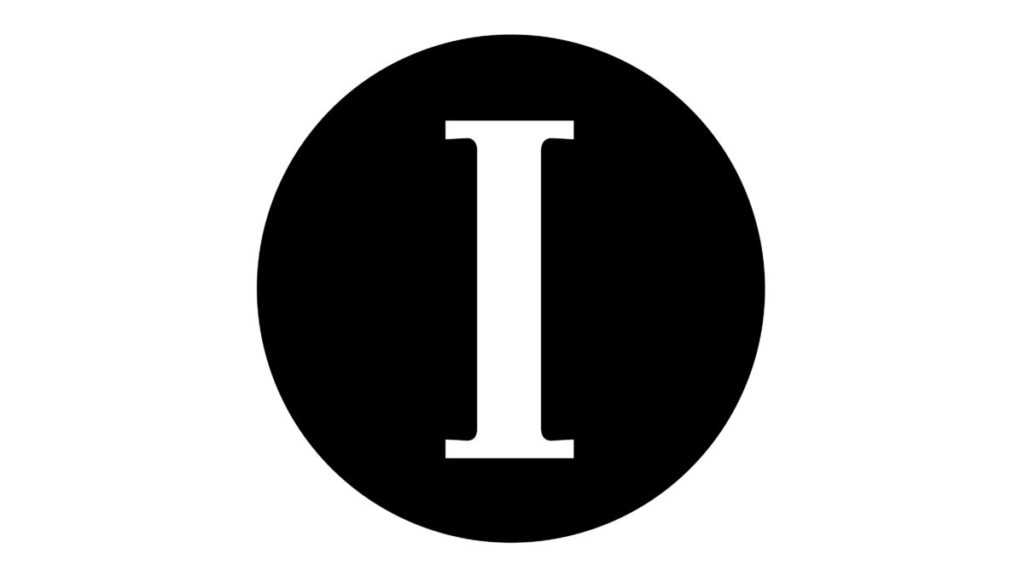Editor’s Note: This is a commentary. The opinions do not necessarily reflect the views of the editorial board.
There is value in teaching students how to dress appropriately for different environments. How we present ourselves to the world is vital when meeting new people or furthering our careers. The way dress codes currently exist in many middle and high schools, however, is not productive. The methods used to create and implement these dress codes can be incredibly harmful to students and their self-perception.
The most abhorrent way in which this depreciation takes place is the sexualization of young students. Many dress codes for students in middle school and high school disproportionally target clothing worn by female students. An example that I witnessed was female students not being allowed to wear any sleeveless tops while male students were allowed to regularly wear tank tops. Dress codes also include specific rules about necklines, the length of a pair of shorts and any mesh or sheer clothing. These are things mostly found in clothing made for girls and not for boys. Even worse is the enforcement of these rules. It doesn’t require much explanation to understand how a teacher deciding if a young girl’s shorts are too short or if her neckline is too revealing could be a breeding ground for inappropriate or predatory behavior from staff.
When a student is dress-coded for wearing a certain item of clothing, it is no small thing. Generally, these situations include a verbal notice from a teacher and a trip to the nurse’s office to exchange the “inappropriate” article of clothing with one that is better suited to the rules. This cuts into class time, sometimes even escalating into students being sent home. This in and of itself is mentally damaging, especially for 10–15-year-olds who are quite susceptible to what their peers think of them. If two students wear similar items of clothing and one gets dress-coded while the other does not, the student who was forced to change might feel as though there is something about their body that evokes different rules. Even worse, they might be right.
When I was in middle school, I had a friend who developed a chest before many of her peers. This was already a tough thing for her, as she felt othered. When she started getting consistently dress-coded, things got even worse. She was sent to the nurse’s office on a regular basis to find more “modest” clothing. The thing is, she was wearing the same types of tops as plenty of other girls in our grade. The ugly conclusion of this is that teachers were taking more notice of what she was wearing because she had a bigger chest than other students. Unsurprisingly, this made her very insecure about her body and she felt as though everyone was always staring at her. This entire ordeal was incredibly disruptive to her learning process; not only because of the constant trips to the nurse’s office, but also because she had become constantly worried over her appearance. No student, especially a 13-year-old, should be made to feel so self-conscious about something they have no control over.
An aspect of this conversation that many people do not consider is a student’s income. There are many families who struggle to provide new, acceptable clothing for their children at the beginning of each school year. This issue presents itself when there is nothing available at the school for a dress-coded student to change into. Sometimes, parents are asked to bring in more suitable clothing before their child can continue with their school day. But here’s the problem, what if there is nothing else at home for a student to wear? What if a student is not receiving help at home with purchasing and/or regularly washing their clothing? What if a working parent cannot afford to miss work in order to drop off clothes? These are things that most kids do not have to worry about, but some do.
Sometimes large conversations, like that of dress codes, get overshadowed by the idea that the answer to the question is either “yes” or “no.” Either, we should have dress codes or we should not. The reality? It is much more productive to discuss the flaws within the current system and work to change it, lessening the negative impact it has on young students. Blatant sexism, sexualization and classism should be removed from dress codes so that students can learn without having to worry about the next time they will be taken out of class for wearing the wrong thing.
Gabe Hendershot (he/him) is a first-year film, photography and visual art major who comes from a family of educators. Contact him at [email protected].








